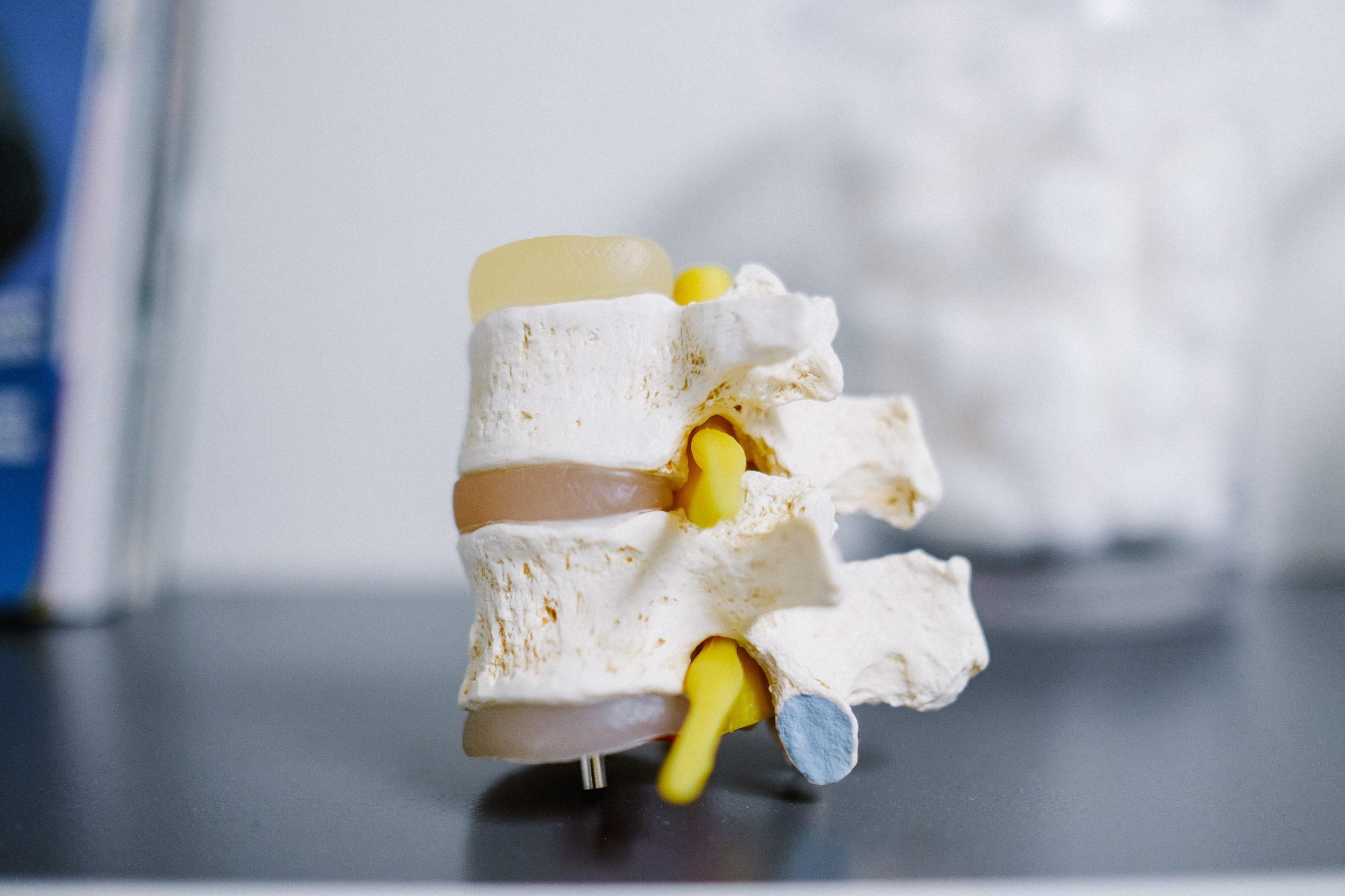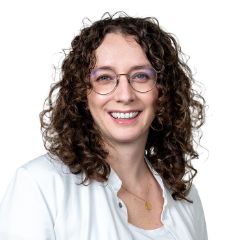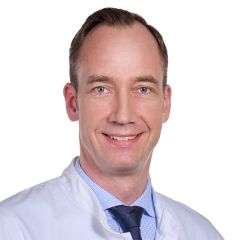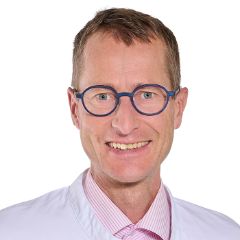
Clinical research
IMPACT study
Incidence of undetected degenerative cervical myelopathy
In this patient-oriented study, we are investigating the causality between falls in old age with resulting gait instability and previously undetected degenerative spinal cord damage.
Why this research project?
Spinal cord damage to the cervical spine, also known as cervical myelopathy, is common in old age and can cause gait instability and consecutive falls, among other things. We still know little about how often this spinal cord damage occurs in older patients with gait instability without the patients realizing it. According to small studies, it is around 18% of patients with femoral neck fractures following falls. With our study we want to find out whether it would be beneficial to perform a screening for cervical myelopathy in elderly patients with gait instability to prevent potential falls.
This is a prospective monocentric study that will take place at the Clinics for Orthopaedics and Traumatology and Spinal Surgery at the University Hospital Basel. We will include approximately 200 patients over 70 years of age with a femoral neck fracture after a fall.
§ We are conducting this study in accordance with Swiss law. In addition, we are observing all internationally recognized guidelines. The responsible ethics committee has reviewed and approved the study.
§ A description of this study can also be found on the website of the Federal Office of Public Health at www.kofam.ch
Procedure for participating in the study
If you decide to take part, you will need to have a magnetic resonance imaging (MRI) of the cervical spine, a clinical neurological examination and, if necessary, an electrophysiological examination. This will not change the treatment in any way.
-
Hospitalization with study visit.
-
An MRI of the cervical spine. This usually takes about 20 minutes. If the findings are normal, no further study examinations or interviews are planned.
-
If a narrowing of the spinal canal with/without spinal cord damage is detected: Approximately 12 weeks after discharge and after you have recovered from the operation, you will be asked to attend our spinal surgery consultation. You will undergo a neurological examination to detect signs of spinal cord damage and an electrophysiological examination using MEP and SSEP. We will also ask you questions about your ability to walk before the fall. This usually takes about 30 minutes. Your general practitioner will be informed about your participation in the study.
Duration: One to two visits during the inpatient stay, in addition to the normal post-operative follow-up checks by the colleagues in traumatology (6, 12, 52 weeks after surgery), additional clinical assessment by spinal surgery (neurological examination) and neurology (electrophysiological examination) after 12 weeks (if possible, on the same date as the traumatology check-up). A total of 1 year study participation. Recruitment will most likely start in November 2022, data will most likely be analyzed 3 years later.
Benefits, risks and results of study participation
Benefits
You have no direct benefit if you take part in this research project. Your participation will help future patients.
If we discover spinal cord damage, you could potentially benefit because we will advise you on spinal surgery to relieve the pressure on your spinal cord. This could subsequently improve your gait instability and prevent further falls/fractures.
Risk and exposure
§ By participating in the study, you are only exposed to minimal risks, e.g. through the MRI of the cervical spine or the electrophysiological examination (MEP and SSEP)
§ MRI: magnetic resonance imaging is one of the most modern radiological examination methods and is particularly informative. It is painless and radiation-free. If you have an implant that is not suitable for MRI (e.g. pacemaker), you will not be asked to take part in the study. Your condition will be monitored via a camera and you will be given a bell for emergencies so that you can stop the examination at any time.
§Electrophysiological examination (MEP and SSEP):The recording of MEP (=motor evoked potentials) and SSEP (somato sensory evoked potentials) are established neurological examinations that do not involve any risks. They may only be perceived as somewhat unpleasant (tingling nerve stimulation). The examination can be discontinued at any time. If you have a pacemaker/brain pacemaker/spinal cord stimulator, you will not be asked to participate in the study.
Participation in the study is associated with no to minimal opportunities and risks. This study only involves additional examinations, but no treatments/interventions/surgeries. Your investigator will advise you on this during the consultation.
Results
There are
1. individual results of the study that affect you directly,
2. individual results of the study that arise by chance (so-called random results)
3. objective final results of the entire study.
Re 1: The investigator will inform you during the course of the study about all new results and findings that are important for you personally. You will be informed verbally and in writing and can then decide again whether you wish to continue participating in the study.
Re 2: Incidental findings are so-called "concomitant results", i.e. results that were not explicitly researched but were found by chance. These may be, for example, results of imaging procedures (magnetic resonance imaging).
In the case of incidental findings, you will be informed if these findings are relevant to your health. This means that you will be informed of such findings if a previously unknown disease is discovered by chance or if a disease that has not yet occurred can be prevented by taking preventive measures. If you do not wish to be informed (so-called right not to know), please speak to your investigator.
Re 3: Your investigator can provide you with a summary of the overall results at the end of the study.
Study management
Principal Investigator

Sponsor Investigators

Co-Investigators

Prof. Norbert Suhm
Leitender Arzt/Zentrumsleiter Alterstraumazentrum
Orthopädie und Traumatologie
Leiter Alterstraumazentrum
